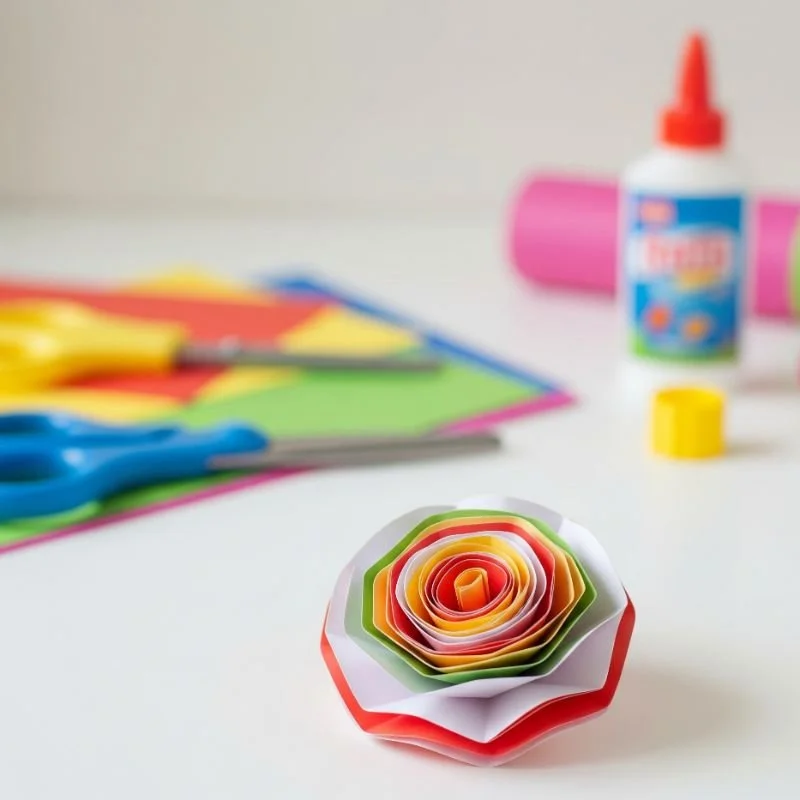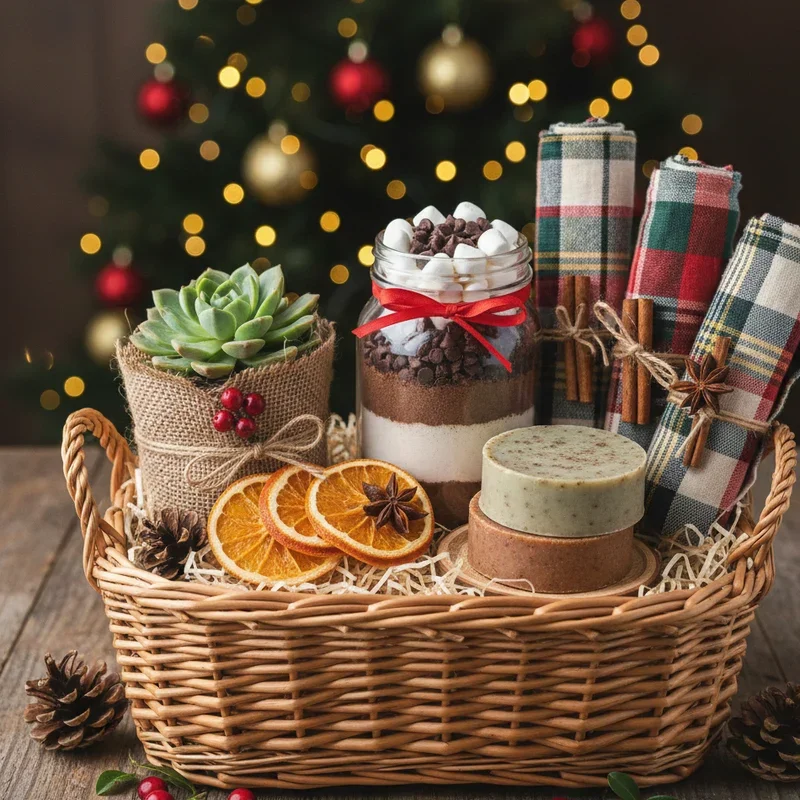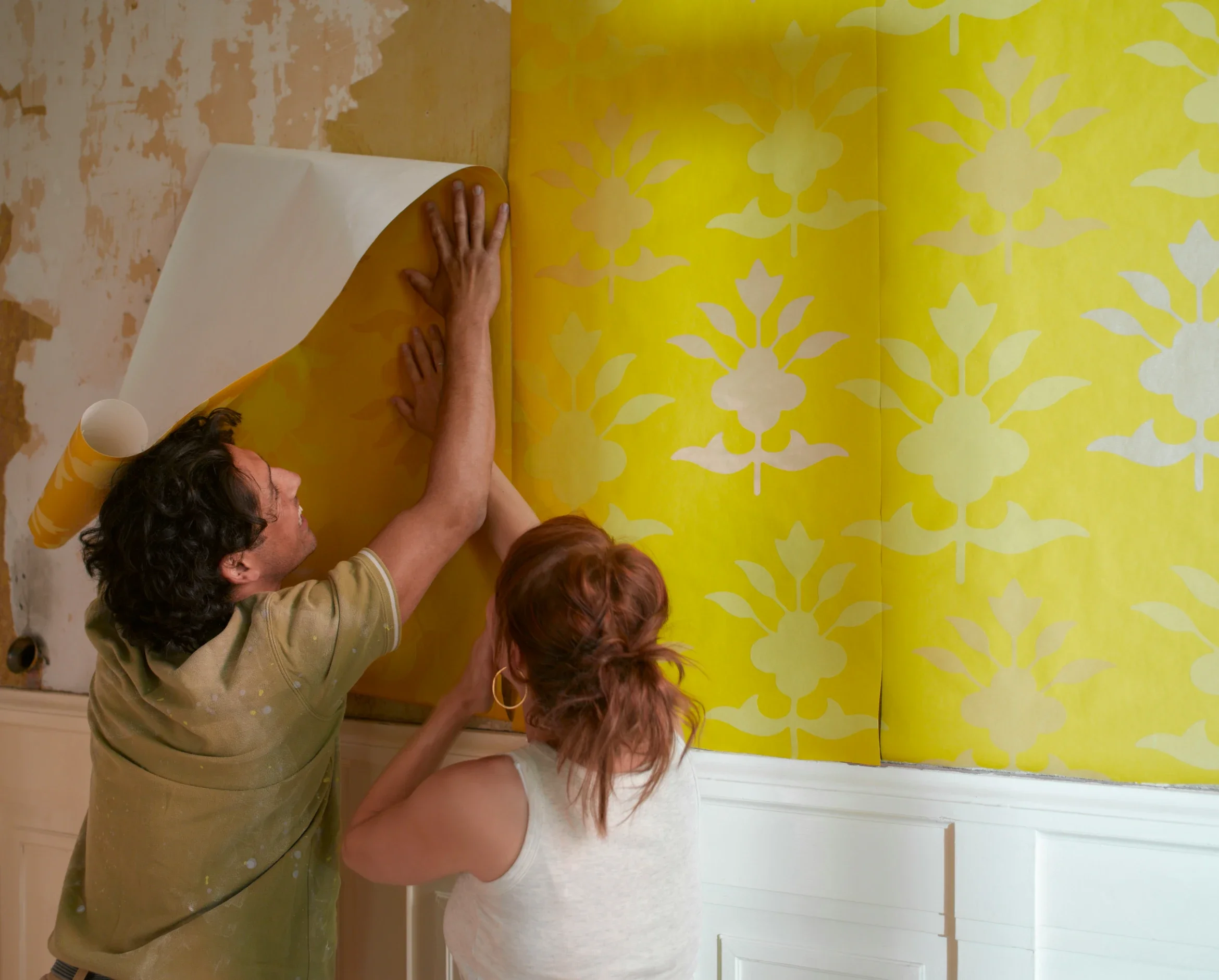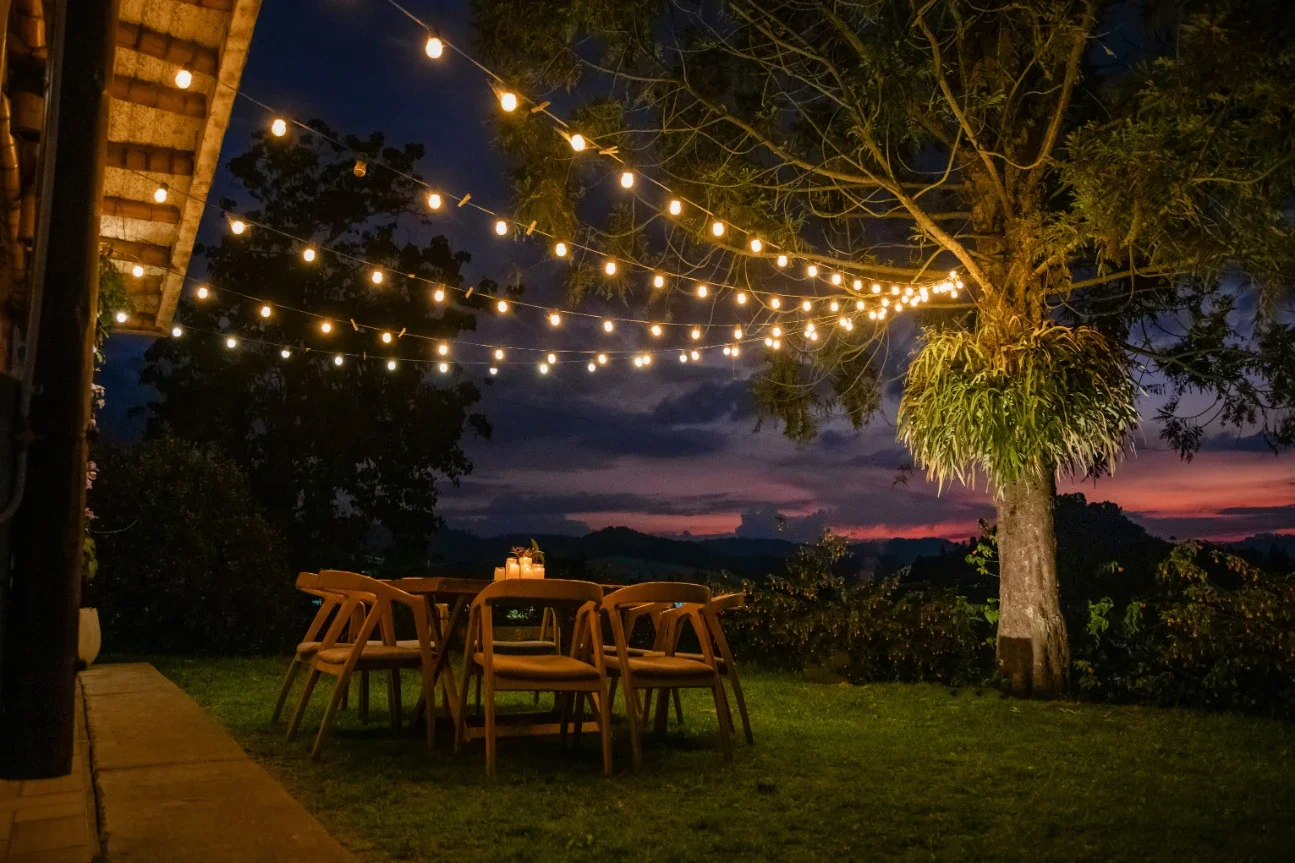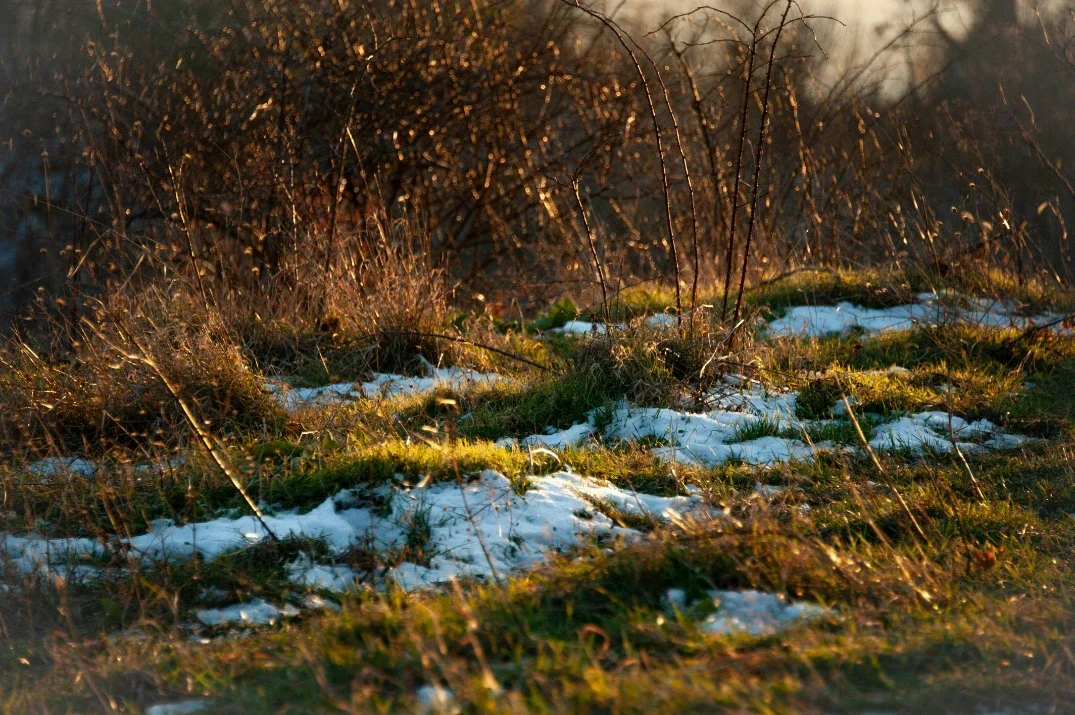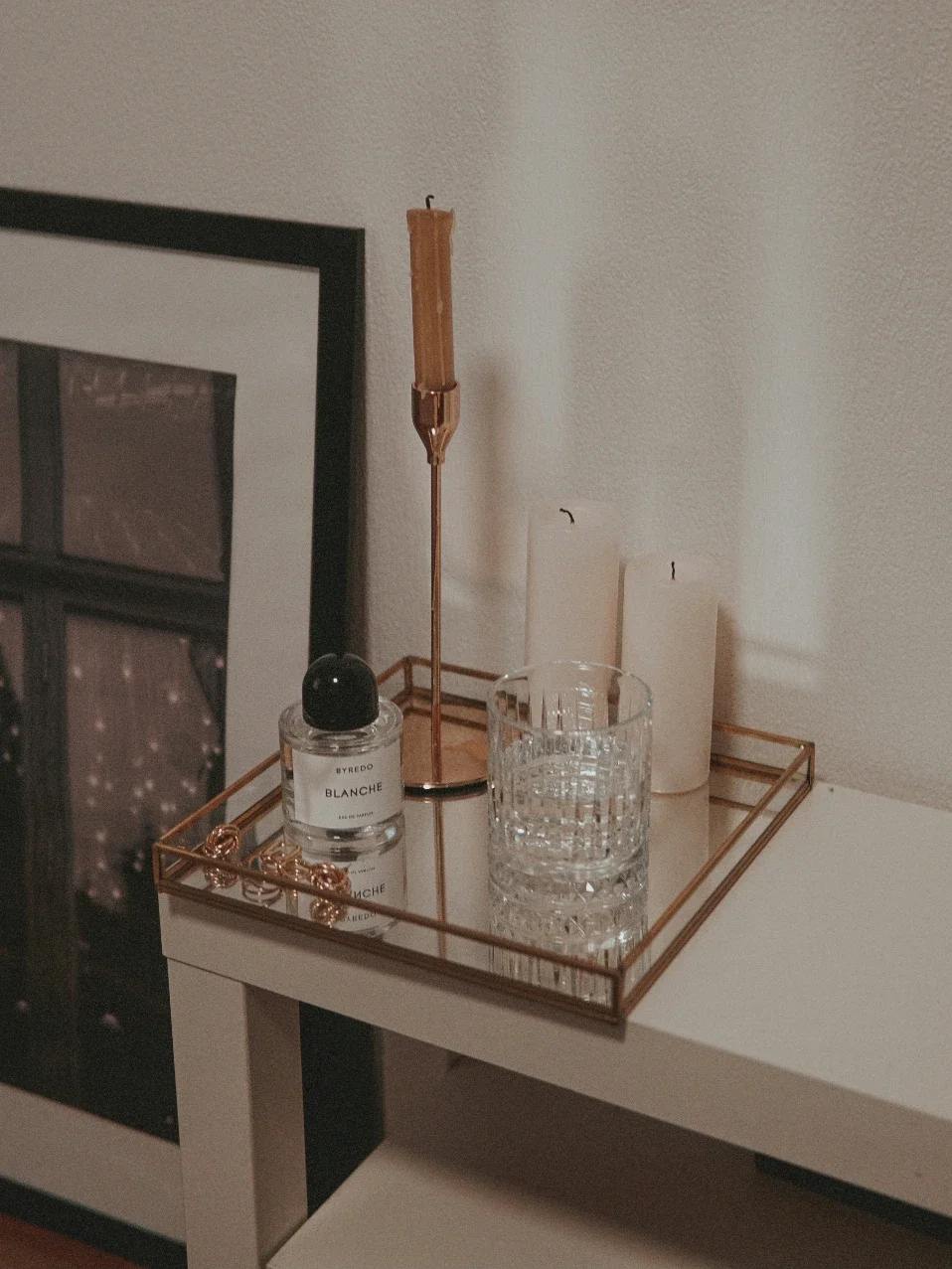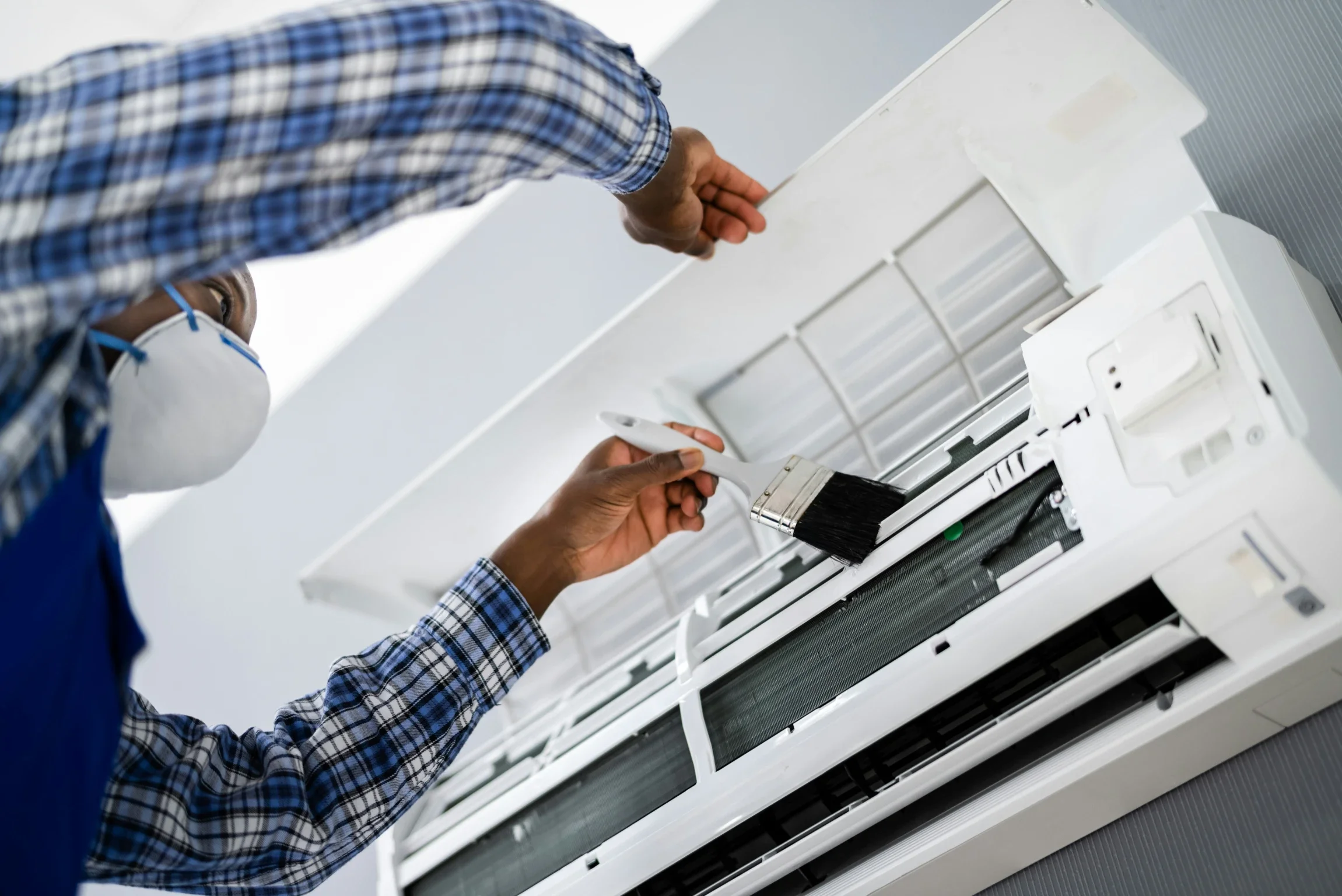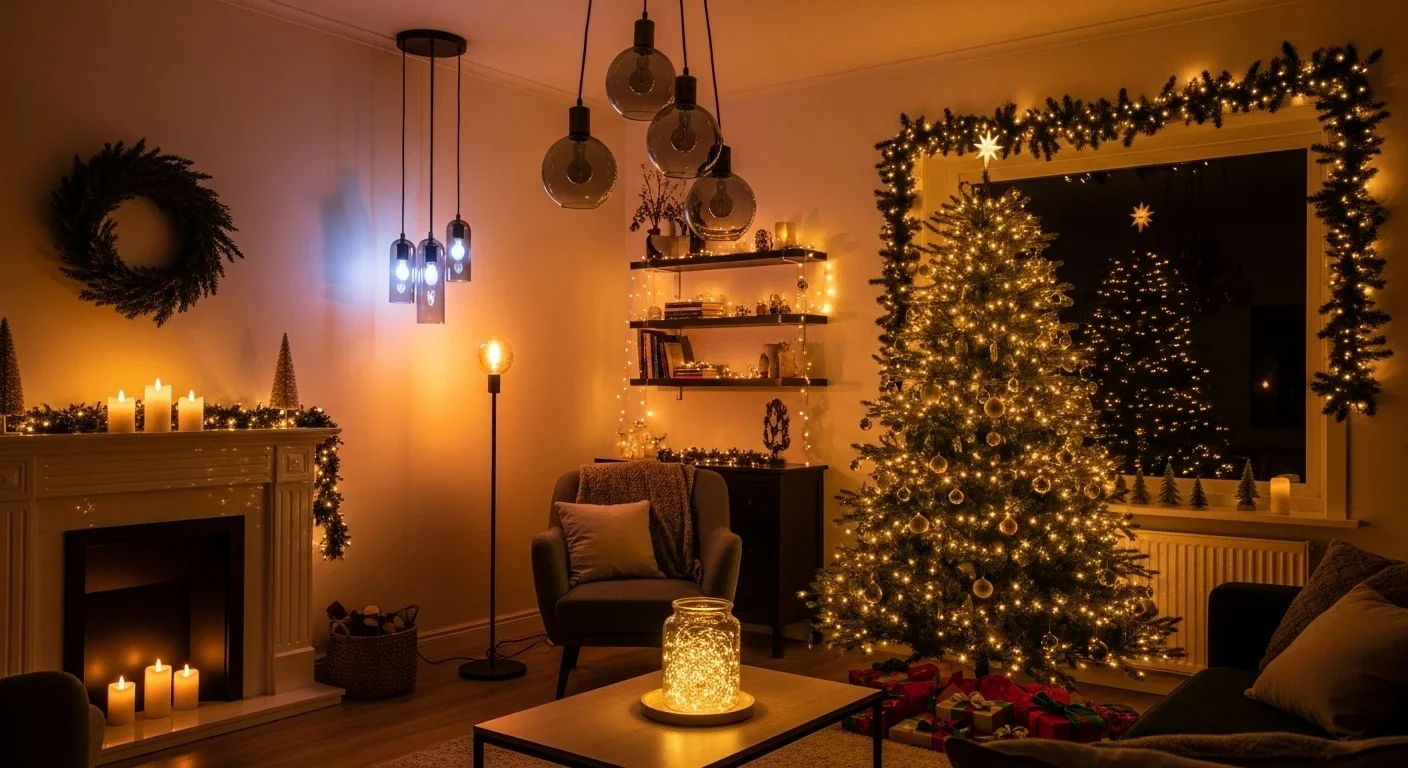15 Preschool Craft Ideas That Are Fun and Easy to Make
Discover 15 simple preschool crafts perfect for little hands. Easy tutorials using everyday materials that develop creativity and motor skills.
Remember that pure joy on your preschooler's face when they created their first "masterpiece" with finger paint? That magical moment when creativity meets childhood wonder is what crafting with little ones is all about. Whether you're a parent surviving another rainy day, a teacher planning tomorrow's activities, or a caregiver looking for screen-free fun, these fifteen preschool crafts are your new best friends. Forget Pinterest-perfect projects that require an art degree and a craft store shopping spree. These activities use simple materials you probably already have, embrace the beautiful chaos of preschool creativity, and actually work with those adorable but not-quite-coordinated little fingers. From paper plate animals that roar with personality to sensory bottles that mesmerize for hours, get ready to create memories as colorful as the inevitable paint stains on your favorite shirt.
1. Paper Plate Animal Masks
Transform ordinary paper plates into roaring lions, silly monkeys, or whatever creature captures your preschooler's imagination today. Start with a paper plate and cut out eye holes together (grown-up job!). Let little ones go wild with paint, markers, or crayons to create their animal's face. Glue on construction paper ears, yarn manes, or felt spots depending on your chosen creature. The beauty lies in imperfection; that lopsided smile makes the mask uniquely theirs. Attach a popsicle stick handle or elastic string for wearing. This craft builds color recognition, following directions, and dramatic play skills. Materials cost less than a dollar per mask, but the imaginative play value is priceless. Watch as your living room transforms into a jungle, farm, or zoo. Pro tip: make several masks for instant puppet shows or playdates.
2. Toilet Paper Roll Binoculars
Turn those empty toilet paper rolls into adventure-ready binoculars that'll have your little explorer spotting "lions" in the backyard. Tape two rolls together side by side, then let your preschooler decorate with markers, stickers, or paint. Once dry, punch holes on the outer edges and thread through a string for wearing. These pretend binoculars encourage outdoor exploration, observation skills, and imaginative play. Your child will love "spying" on birds, searching for treasure, or playing safari guide. The simple construction means even the youngest crafters can participate successfully. Add cellophane circles on the ends for colored vision, or leave open for easy viewing. This basically free craft (just save those rolls!) provides hours of entertainment. It's perfect for nature walks, car trips, or backyard adventures.
3. Handprint Rainbow Art
Capture those tiny hands forever while creating a colorful rainbow that brightens any room. Pour washable paints in rainbow order on paper plates. Help your preschooler dip their hand in each color, creating overlapping handprint arcs across large paper. The messy process is half the fun! This craft teaches color sequencing, develops gross motor skills, and creates a keepsake you'll treasure. Add cotton ball clouds at the ends for extra dimension. The finished rainbow makes perfect gifts for grandparents or bedroom decoration. Use this opportunity to discuss weather, colors, and feelings associated with rainbows. Variations include foot rainbows for brave parents or finger-print rainbows for less mess. Date each creation to track growth over time. Remember: washable paint and nearby wipes are your friends during this gloriously messy activity.
4. Coffee Filter Butterflies
Watch your preschooler's eyes light up as ordinary coffee filters transform into delicate, colorful butterflies. Flatten a round coffee filter and let kids drop liquid watercolors or diluted food coloring onto it. The colors blend and spread like magic, teaching cause and effect. Once dry, pinch the center and secure with a clothespin or pipe cleaner to form the butterfly body. Add pipe cleaner antennae and googly eyes for personality. This craft develops fine motor skills through pinching and color mixing concepts through experimentation. Hang finished butterflies from the ceiling or windows where light shines through the translucent wings. The process is as beautiful as the result, making this perfect for process-focused art appreciation. Cost is minimal, but the science learning about absorption and color mixing is substantial.
5. Popsicle Stick Picture Frames
Create personalized frames that showcase your preschooler's artwork or favorite photos using simple popsicle sticks. Glue four sticks into a square, then let creativity explode with paint, glitter, stickers, or markers. This craft teaches shapes, counting, and spatial awareness while developing hand strength through gluing. Add magnets to the back for refrigerator display or string for hanging. Kids love choosing which masterpiece to display in their handmade frame. The sense of accomplishment from creating something functional boosts confidence. Make seasonal versions with themed decorations or color schemes. These frames make wonderful gifts for relatives who appreciate handmade treasures. Store extra decorated sticks for quick frame assembly when new artwork needs displaying. This budget-friendly craft costs pennies but provides valuable lessons in construction and design.
6. Egg Carton Caterpillars
Give egg cartons new life as adorable caterpillars that wiggle their way into your heart. Cut egg carton strips lengthwise, creating connected cups for caterpillar segments. Preschoolers paint each section different colors, learning patterns and sequencing. Once dry, add pipe cleaner antennae, googly eyes, and drawn-on smiles. Poke holes between segments to thread yarn through, creating a pull-along toy. This craft reinforces counting as children number segments and color patterns as they alternate hues. Read "The Very Hungry Caterpillar" while crafting for literacy connections. Discuss metamorphosis using your creation as a teaching tool. The 3D nature of this craft helps develop spatial reasoning. Best of all, this nearly free activity uses materials destined for recycling, teaching environmental responsibility alongside creativity.
7. Cotton Ball Cloud Pictures
Fluffy cotton balls become puffy clouds in this sensory-rich craft perfect for discussing weather. Draw or paint a simple landscape on paper, leaving the sky blue and empty. Let preschoolers glue cotton balls to create clouds, pulling them apart for wispy effects or clustering for storm clouds. This activity develops pincer grasp while exploring texture and weather concepts. Add rain with marker dots or lightning with zigzag lines. Discuss different cloud types and what weather they bring. The soft texture of cotton provides calming sensory input for overwhelmed little ones. Create seasonal scenes: snow clouds for winter, storm clouds for spring. This inexpensive craft requires only basic supplies but opens doors for science discussions. Display finished pictures during weather units or create a weather chart using this technique.
8. Paper Bag Puppets
Transform lunch bags into characters that star in your preschooler's imaginative shows. The bag's bottom flap becomes the puppet's mouth, instantly creating interactive fun. Provide construction paper, markers, yarn, and googly eyes for decorating. Watch personalities emerge as children create families, animals, or silly monsters. This open-ended craft encourages storytelling, emotional expression, and language development. Practice taking turns during puppet conversations, building social skills naturally. Create themed puppets for favorite stories, then retell tales with your handmade cast. The simple construction means success for all skill levels. Store finished puppets in a special box for instant entertainment during waiting times. This basically free activity (save those grocery bags!) provides more play value than expensive toys. Encourage shy children to express themselves through their puppet personas.
9. Nature Collage Creations
Head outside for a treasure hunt, then bring nature indoors with beautiful collages using found materials. Collect leaves, flowers, twigs, and seeds during nature walks. Back inside, arrange findings on paper or cardboard, discussing textures, colors, and shapes. Glue items down to create scenes or abstract designs. This craft connects children with nature while developing observation and classification skills. Discuss where items came from and their purposes in nature. Press flowers between paper for a few days before crafting for best results. Create seasonal collections to observe nature's changes throughout the year. The free materials and endless possibilities make this perfect for repeated activities. Add painted backgrounds or combine with drawings for mixed media art. This eco-friendly craft teaches respect for nature while fostering creativity.
10. Tissue Paper Stained Glass
Create window art that catches sunlight and fills rooms with color using tissue paper and clear contact paper. Cut two identical contact paper pieces, peel backing from one, and stick colored tissue paper pieces to the adhesive side. No need for perfection; overlapping creates new colors! Seal with the second contact paper sheet, creating a tissue paper sandwich. Hang in windows and watch the light transform your creation into glowing art. This craft teaches color mixing as overlapped tissues create secondary colors. The sticky surface provides sensory input while developing fine motor control. Create themed designs: flowers for spring, leaves for fall. The mess-free nature makes this ideal for classrooms or homes. Materials cost under five dollars but create multiple projects. Frame with construction paper for a finished look.
11. Playdough Monsters
Unleash creativity with homemade or store-bought playdough transformed into silly monsters that exist only in imagination. Provide googly eyes, pipe cleaners, buttons, and beads as monster accessories. Watch as preschoolers roll, squish, and shape their creatures, developing hand strength crucial for writing. This open-ended activity has no wrong answers, building confidence in creative expression. Count monster eyes, legs, or teeth for sneaky math practice. Create monster families and invent stories about their adventures. The malleable nature of playdough allows endless do-overs, reducing frustration for perfectionists. Take photos of creations before squishing back into containers, creating a monster gallery. This reusable activity provides hours of entertainment while developing sculpture skills. Make different colored dough for color mixing experiments that feel like play.
12. Foam Cup Octopus
Dive into ocean crafts with foam cup octopi that dance and wiggle with underwater charm. Turn a foam cup upside down and help preschoolers cut strips from the rim almost to the bottom, creating eight tentacles. Curl tentacles with pencils for realistic movement. Paint or color the cup body, add googly eyes, and draw a smiling mouth. This craft reinforces counting to eight while developing cutting skills with safety scissors. Discuss ocean animals and octopus facts during creation. Hang finished octopi from string for an under-the-sea mobile. The lightweight materials make these perfect for pretend swimming games. Create an entire ocean scene with multiple sea creatures using various cups and containers. This affordable craft teaches recycling while exploring marine life. Add suction cups (stickers) to tentacles for authentic details.
13. Construction Paper Chain Snakes
Practice patterns and scissor skills while creating colorful snakes that slither across walls. Cut construction paper into strips, then show preschoolers how to create interlocking loops. Choose two colors for simple patterns or go rainbow wild! Add a triangle head with forked tongue and googly eyes. This repetitive activity builds concentration and fine motor skills through cutting and gluing. Count links for math integration or create specific patterns for advanced learners. Finished snakes decorate rooms, teaching positional concepts as they wind around furniture. The chain-making process is meditative, helping active children focus. Create different lengths for size comparison discussions. This classic craft never gets old because color combinations are endless. Collaborate on extra-long snakes for group projects that teach cooperation. Materials cost pennies per snake but provide valuable learning opportunities.
14. Sensory Bottles
Create calming sensory bottles that mesmerize preschoolers while providing quiet exploration opportunities. Fill clear plastic bottles with water, oil, glitter, small objects, or colored rice. Seal tightly with hot glue for safety. Each bottle becomes a portable science experiment teaching concepts like density, movement, and color mixing. Make themed bottles: ocean with blue water and shells, space with black water and star confetti. These bottles provide calm-down tools for overwhelmed children while encouraging observation skills. The mess-free nature means exploration without cleanup stress. Create discovery bottles with hidden objects to find and count. This craft costs under three dollars per bottle but provides months of engagement. Label bottles with contents for early literacy connections. Store in a special basket for independent exploration during quiet time.
15. Painted Rock Creatures
Transform ordinary rocks into extraordinary creatures with paint and imagination. Collect smooth rocks during nature walks or purchase river rocks cheaply. Wash and dry thoroughly before painting. Let preschoolers paint rocks solid colors first, then add details with markers or paint pens once dry. Create ladybugs with red and black, bees with yellow stripes, or abstract designs. This craft develops hand-eye coordination while connecting with natural materials. Discuss rock formation and where rocks come from during painting. Seal finished rocks with mod podge for durability. Use creations for storytelling props, garden decorations, or paperweights. Hide painted rocks around the community for others to find, teaching kindness. This nearly free activity provides lasting creations unlike paper crafts. Create rock families or alphabets for extended learning opportunities.
Conclusion
Crafting with preschoolers isn't about perfect products; it's about the process, learning, and memories created along the way. These fifteen activities prove that meaningful crafts don't require expensive supplies or artistic expertise. They need willing hands, open minds, and acceptance that glitter will find its way everywhere. Embrace the mess, celebrate the creativity, and treasure those paint-covered fingers that won't stay small forever. Start with one simple project and watch your little artist bloom.
Frequently Asked Questions
Q1: What age is appropriate for these preschool crafts?
A1: Most crafts suit ages 3-5, with adult supervision and minor modifications as needed.
Q2: How can I minimize mess during craft time?
A2: Use washable supplies, cover surfaces with newspaper, and keep wet wipes handy.
Q3: What if my child gets frustrated with crafts?
A3: Focus on process over product, offer help, and choose simpler activities initially.
Q4: How long should preschool craft activities last?
A4: Plan for 10-20 minutes, extending if children remain engaged and interested.
Q5: Can these crafts work for mixed age groups?
A5: Yes, older children can help younger ones while adding complex details themselves.
